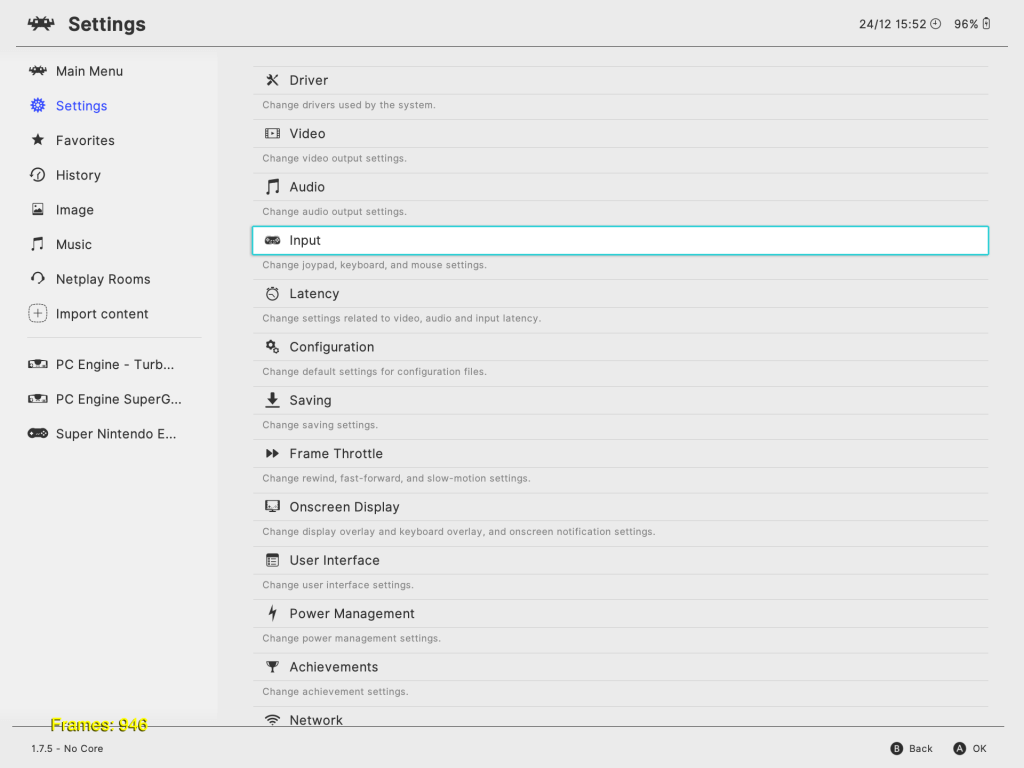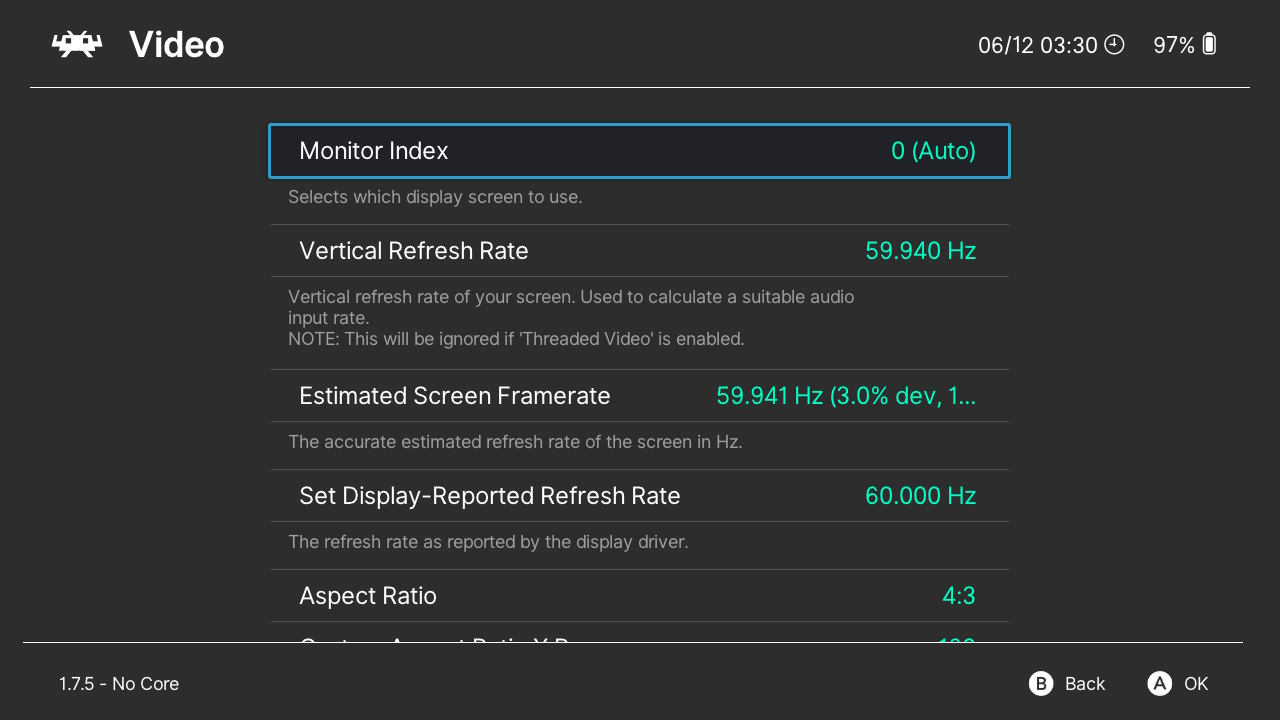

- #Retroarch switch portrait mode install
- #Retroarch switch portrait mode driver
- #Retroarch switch portrait mode full
- #Retroarch switch portrait mode portable
- #Retroarch switch portrait mode validation code
#Retroarch switch portrait mode full
Full position/scaling configuration, automatic scaling, automatic hiding when a controller is connected.There is currently no Windows 95/98 version of RetroArch available, or any of the MSVC2003 cores in fact.We hope to be able to fix this as soon as our Extended Validation codesigning certificate is fully operational. As mentioned earlier, Windows installers/executablers are currently not codesigned, so expect SmartScreen to warn you about them.Flip model is supposed to be more performant and allow for better performance in windowed/borderless fullscreen modes. There will be a setting added later that will make it possible to switch between ‘flip model’ and ‘blit model’.
#Retroarch switch portrait mode driver
#Retroarch switch portrait mode portable
These bundles come with a portable home directory with assets included, or you can use them with your existing settings and assets from the typical ~/.config/retroarch location. There are now nightly and stable releases for Linux available for both 64bit and 32bit x86 PCs in the form of AppImage bundles.Supported devices for this platform include (but are not limited to): GCW Zero, RG350M, RG280V, and possibly more. This version should have significantly better performance. We have nightly and stable releases for OpenDingux now, including a special release for a beta firmware.
#Retroarch switch portrait mode install
So you no longer need to resort to workarounds in order to install them on your Mac. For the first time, macOS stables and nightlies are codesigned and notarized.We love the ability of users being able to turn their obsolete iDevices into capable little RetroArch handheld machines. We here at RetroArch believe in the promise of backwards compatibility and we always intend RetroArch to be an omnipresent platform that can be run on any device you want. We intend to follow this up in the near future with an iOS 6 version. iOS users can choose between an iOS 9 version (which is 32bit ARM only) and an iOS 11 version (which is 64bit ARM only). For the first time ever, we also have a new backwards compatible version of RetroArch for iOS 9 users.Download the Universal Metal build if you intend to use RetroArch on one of these new Macs. For the first time ever, we have an Apple Silicon/Mac M1-compatible build of RetroArch.

#Retroarch switch portrait mode validation code
We have ordered an Extended Validation code signing certificate which will allow our Windows binaries in the future to pass through SmartScreen with no issue.


 0 kommentar(er)
0 kommentar(er)
